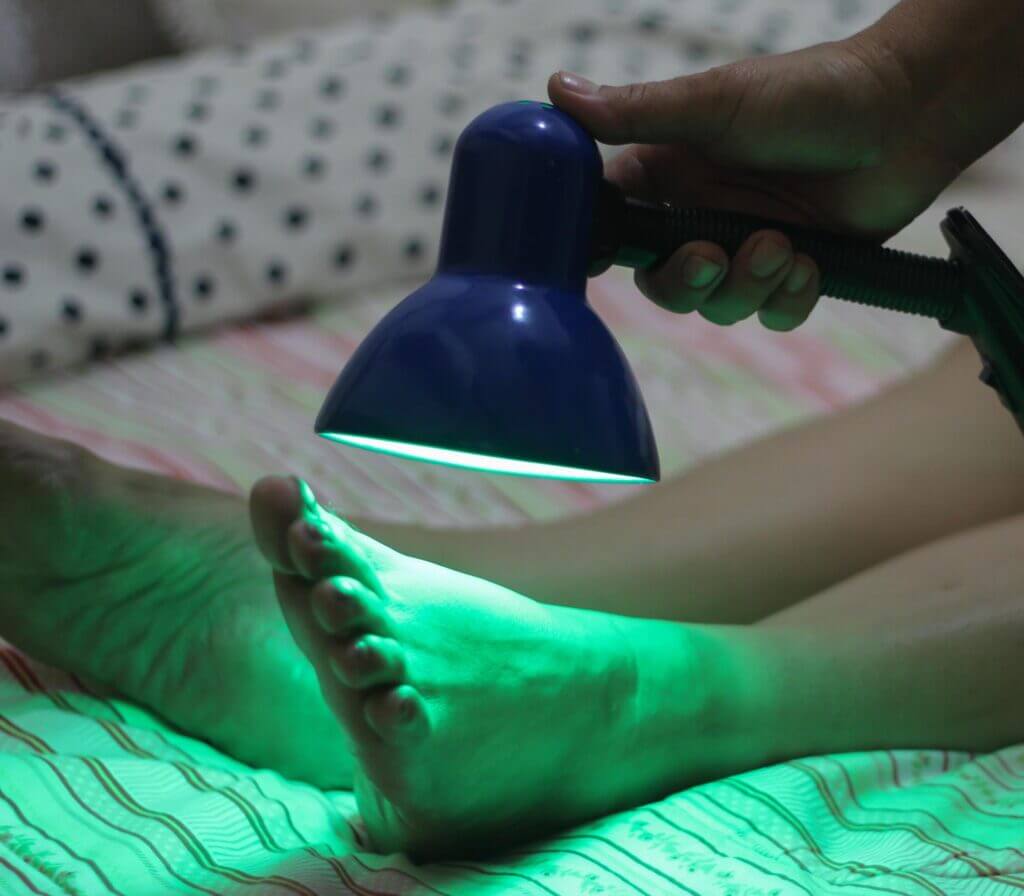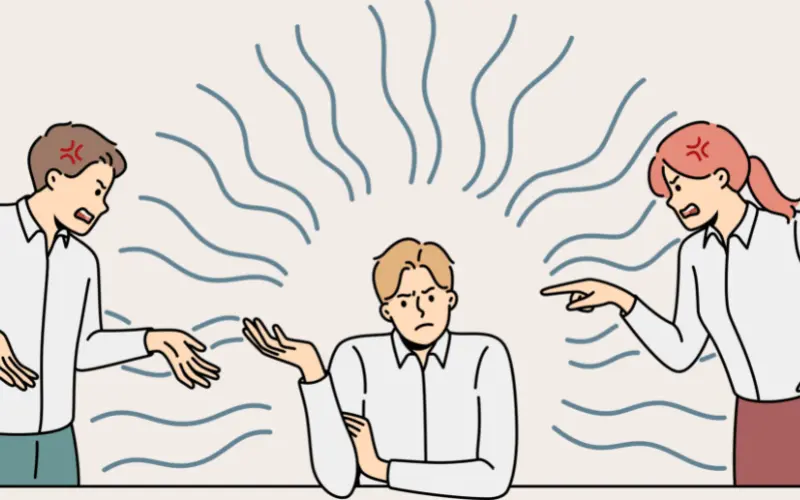Color therapy, sometimes known as chromotherapy, is a kind of therapy that employs the use of color and light to treat a variety of mental and physical health disorders, including depression. We can trace the origins of this kind of treatment all the way back to the ancient Egyptians.
They used colored glasses and sun-filled rooms for medicinal reasons, as well as colored glasses. However, despite the fact that color therapy has acquired considerable popularity over the years, it is still not commonly acknowledged as a legitimate type of treatment in Western medicine. Many medical experts think that it is a pretty experimental procedure.

We’ve all had some experience with the notion of color therapy at some time in our lives. Some individuals find that witnessing the green of nature on their daily run improves their mood immediately, while others find that wearing a beloved yellow outfit makes them feel a bit better.
In addition, the practice of color therapy may be traced back to its Indian origins. According to Indian philosophy, the seven primary hues on the color wheel help to balance and strengthen the chakras in our bodies.
What is color treatment?
Color therapy is founded on the concept that color and colored lights may be used to cure physical and mental health conditions. It is believed that they produce subtle changes in our emotions as well as alterations in our biochemistry. At this point, color therapy is generally considered to be an adjunctive or alternative medicine treatment method.
Spas, for example, may give chromotherapy saunas to their customers, claiming that they provide health advantages. Sauna patrons might pick blue light if they wish to relax or feel tranquil in the sauna environment. If they wish to detoxify, they may choose the pink light option.
There is still much room for research to be done in order to fully understand how color therapy works and how successful this kind of treatment is. You should be aware that it is not a therapy for a wide range of diseases and medical problems. If you are suffering the signs of a debilitating disorder such as severe depression or sleeplessness, you should seek medical attention.
While the assumption of color therapy is that particular colors provoke certain feelings in the majority of individuals, this is not always the case in practice. Human people are one-of-a-kind. The effects of particular colors on humans might differ from one individual to the next. While most individuals find certain colors to be tranquil or soothing, some may find them to be anxiety-inducing or depressing.
Advantages of color therapy
Better sleep patterns
When combined with light exposure, color therapy has been shown to help enhance and regulate sleep patterns. Melatonin levels that are repressed during periods of light exposure may also help people sleep better during the evening hours. Color and light treatment have both been used to help patients control their sleep patterns, with many therapists exposing patients to high amounts of light around noon to inhibit melatonin production and serve as a wake-up signal to the rest of their bodies.

Analgesic for chronic pain
The color red has been demonstrated to decrease the frequency of wavelengths inside the body, which may help to reduce pain by reducing the stimulation of painful parts of the body. In addition, red-colored light has been shown to increase circulation, strengthen the heart, and decrease inflammation and swelling in many parts of the body. Patients suffering from Tourette’s Syndrome have even been treated using red color therapy, according to some therapists.
Increased Oxygenated blood flow
The color orange has been used to stimulate the lungs and thyroid gland for many years, which has been shown to increase the amount of oxygen in the body. Increased milk production in nursing moms has been shown, and orange may be beneficial to people having chronic obstructive pulmonary disease (COPD), asthma, bronchitis, or other respiratory issues.
Better vision
It has long been known that yellow light treatment may be used to cure vision problems, particularly those associated with night blindness or difficulty seeing at night. The yellow wavelength reduces the amount of blue light that enters the eye throughout the night. Yellow light has also been shown to be effective in alleviating arthritic symptoms, with many therapeutic baths and spas using yellow lights in combination with water spa jets to provide patients with more comfort.
Calmness
Despite the fact that blue is often thought to be a relaxing hue, aqua blue, with its slight sedative effect, provides the utmost harmony. While a dosage of aqua light will never produce a knockout punch of peace, it may help to alleviate tension, anxiety, and even headaches in certain people.
What more benefits do color therapy have to offer?
Aside from these advantages, color therapy may help people become more aware of their surroundings and comprehend the importance of integrating particular hues in their everyday life. It may also aid in the body’s natural healing process, therefore promoting general wellbeing.
Color therapy is a safe and effective treatment that may be used on its own or in blend with other treatments such as physiotherapy or conventional medicine to help people feel better. It is important to know that, regardless of how it is used, treatment has the potential to have a significant impact on both the mind and the body.
If you are considering this kind of therapy, it is critical that you seek the advice of a professional color therapist who is well-versed in this field of practice. It is also advised that you get the advice of a skilled medical professional before beginning a color therapy treatment program.
Conclusion
Color therapy is one method through which healthcare providers may bring actual, long-lasting comfort to people of all ages and stages of life. While the advantages of color therapy are generally relevant to most age groups, seniors are more likely than other age groups to experience considerable benefits when this sort of treatment is used.
Color therapy has been shown to assist people of all ages in decreasing pain, improving mental health, and improving overall wellbeing. It has been shown to help with anything from reducing rheumatoid arthritis symptoms to improving sleep patterns.
Please keep in mind that color therapy is not intended to be a long-term solution for mental or physical illnesses. If you are suffering from a mental illness such as depression or a mood disorder, it is vital that you talk to a physician about your symptoms.











